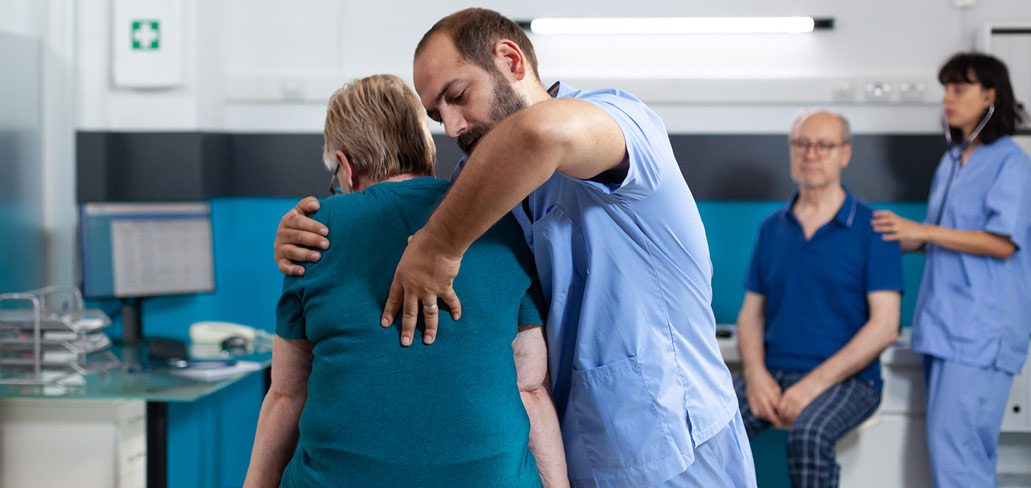Safe Patient Transfers and Positioning
As a patient care technician (PCT), you play a vital role in the care of your patients. This includes helping them with transfers and positioning. Safe patient handling is essential to prevent injuries to both you and your patients.
Proper Body Mechanics
Proper body mechanics is essential for safe patient handling. This means using your body in a way that is efficient and minimizes the risk of injury. Here are some tips for using proper body mechanics:
- Keep your back straight. Avoid bending over at the waist.
- Bend at the knees. This will help to protect your back.
- Use your legs to lift. Don’t lift with your back.
- Keep the patient close to your body. This will help you to maintain your balance.
- Ask for help if you need it. Don’t try to lift a patient alone if you can’t do it safely.
Equipment Usage
There are a number of pieces of equipment that can help you to safely transfer and position patients. These include:
- Transfer belts: Transfer belts can help you to safely lift and move patients.
- Gait belts: Gait belts can help patients to stand and walk.
- Slide sheets: Slide sheets can help you to move patients from one surface to another.
- Mechanical lifts: Mechanical lifts can help you to lift and move patients who are unable to assist you.
Different Transfer Techniques
There are a number of different transfer techniques that you can use. The best technique to use will depend on the patient’s condition and your own physical abilities. Here are a few examples of different transfer techniques:
- Standing pivot transfer: This is a good option for patients who are able to bear some weight on their legs.
- Two-person lift: This is a good option for patients who are unable to bear any weight on their legs.
- Slide board transfer: This is a good option for patients who are unable to move their legs.
Additional Tips
- Communicate with your patient. Let them know what you are going to do before you do it.
- Assess the patient’s ability to assist you. This will help you to choose the best transfer technique.
- Use assistive devices if necessary. This will help to make the transfer safer and easier.
- Take your time. Don’t rush the transfer.
- Ask for help if you need it. Don’t be afraid to ask for help from a coworker if you need it.
Safe patient handling is essential for preventing injuries to both you and your patients. By following the tips in this blog post, you can help to ensure that your patients are safe and that you are not at risk of injury.
I would also like to add that it is important to get training in safe patient handling techniques. This training will teach you the proper techniques for lifting, moving, and positioning patients. It is also important to stay up-to-date on the latest safety guidelines.



